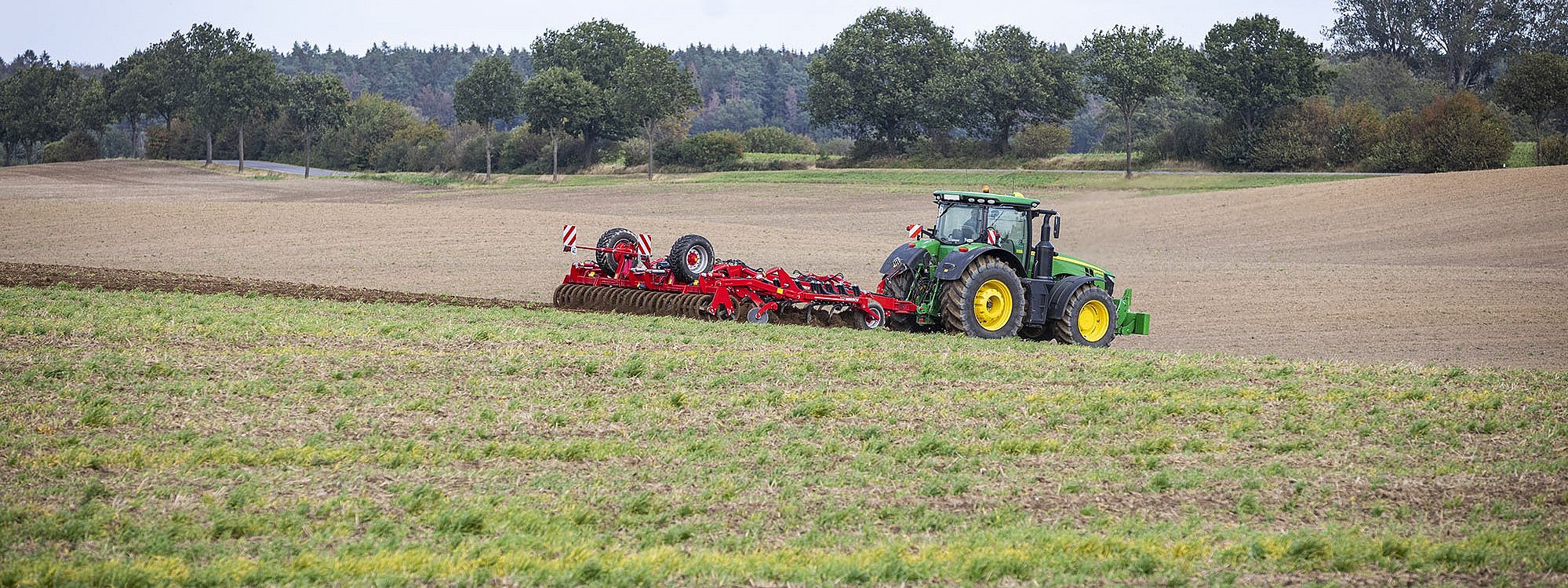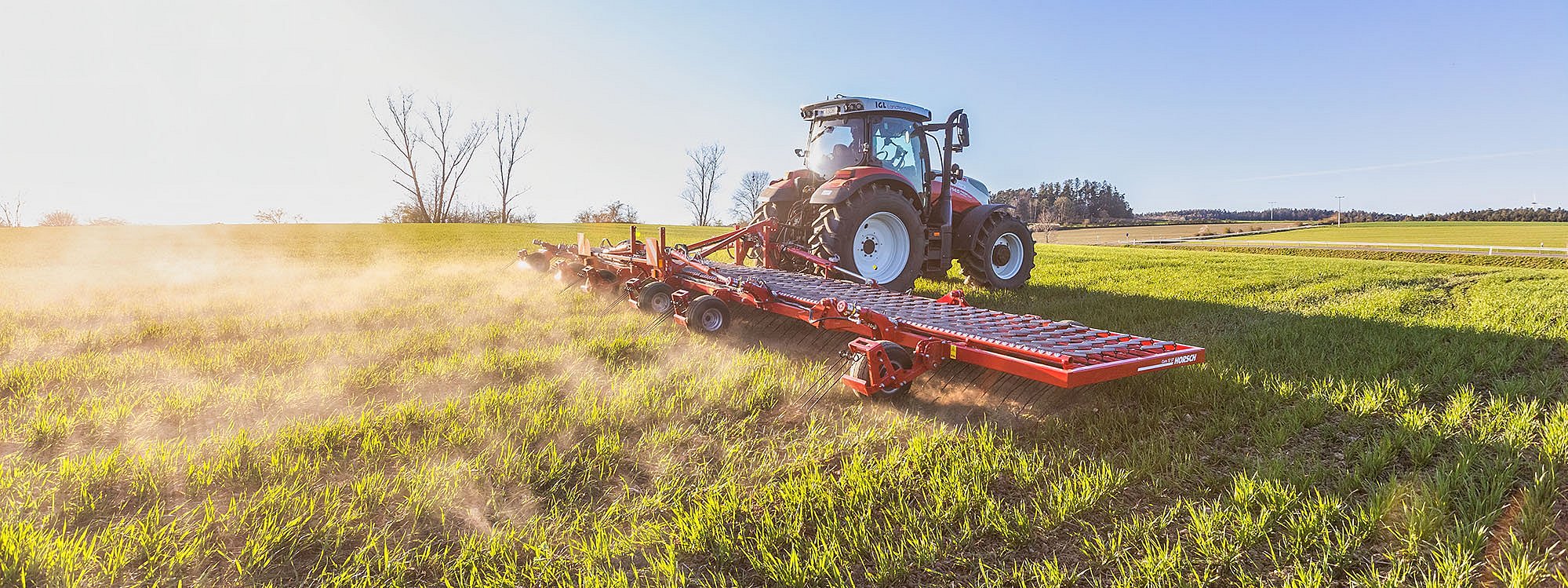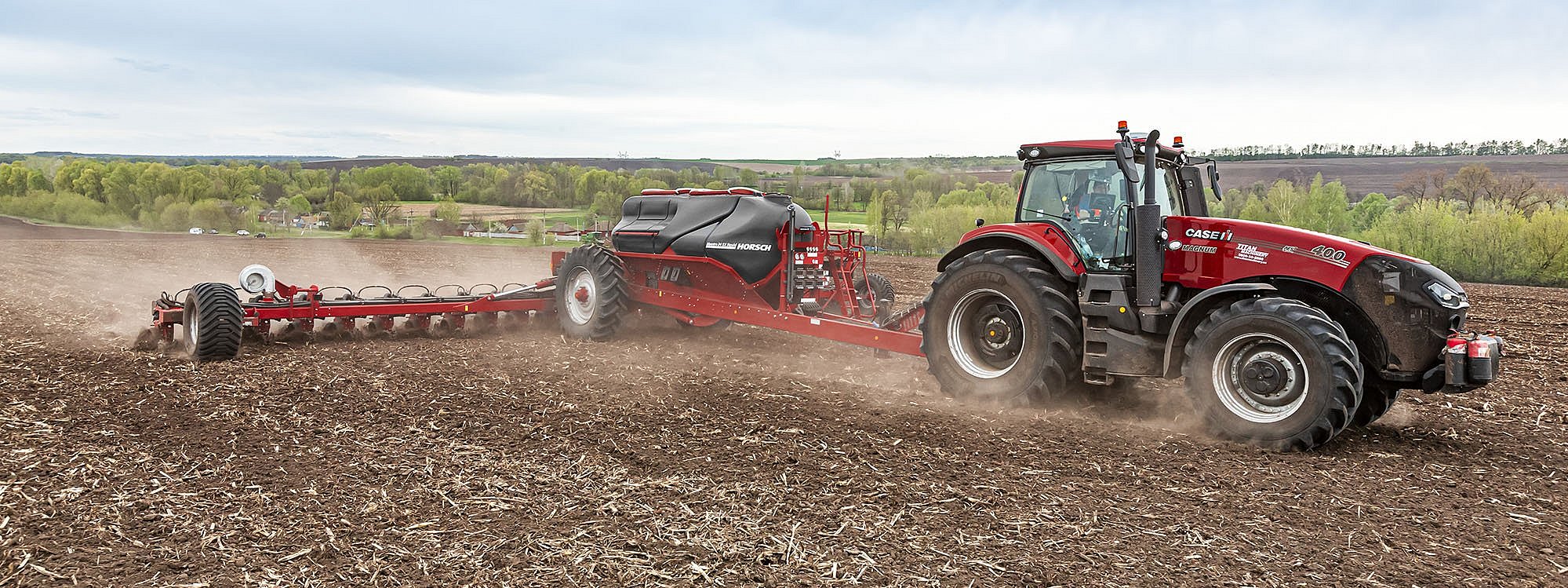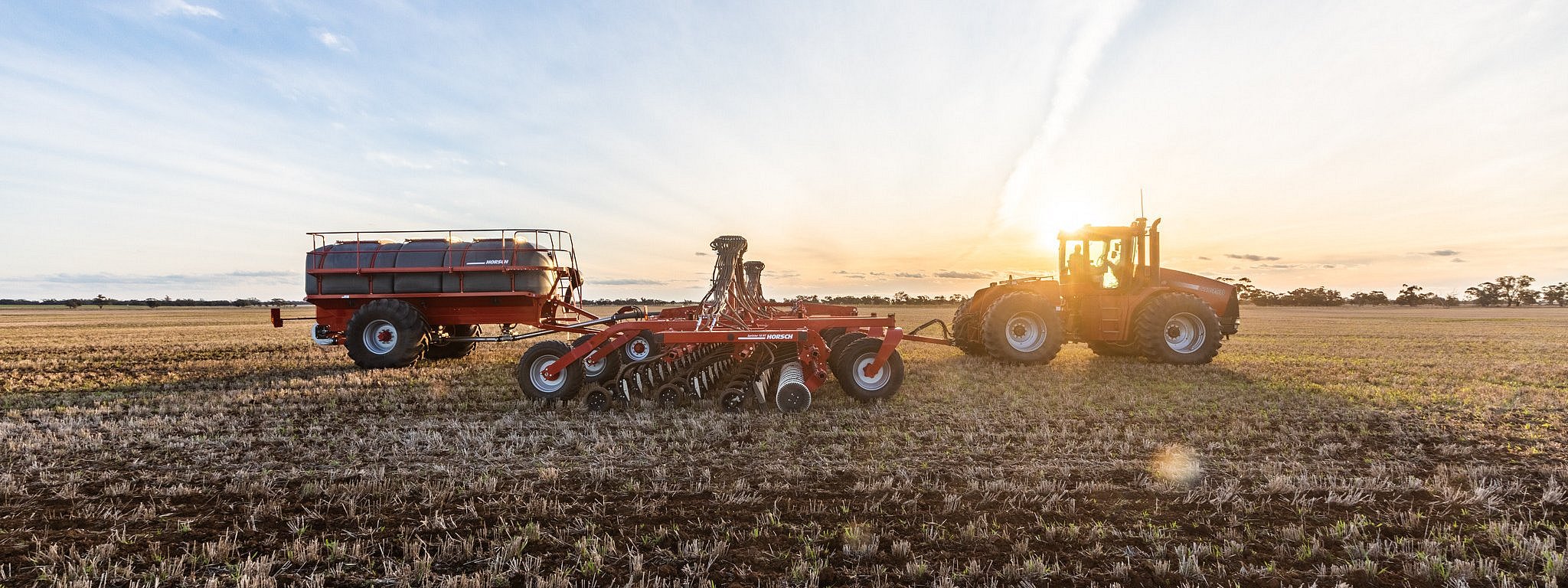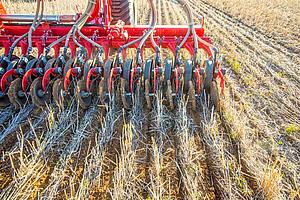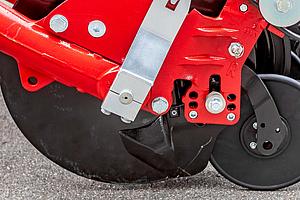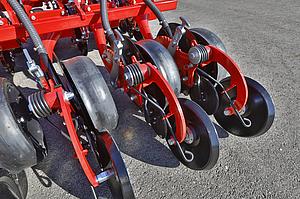Avatar SD – the universal direct seed drill
Extreme weather events, droughts, heavy rainfall and weed management have one thing in common: if you deal with these topics, you quickly come across a frequently discussed cultivation method – direct seeding.
This article is about this topic. It deals with the motivation, the challenges and the limits of direct seeding but also with the technology HORSCH provides to meet these requirements. Let’s start at the beginning:
What are the advantages of direct seeding?
- Save water
- Fight black grass
- Prevent erosion
- Increase trafficability
- Save time and fuel
- Save costs
The motivation for direct seeding differs and depends on various factors and conditions. When you hear direct seeding, you often think of dry regions. For there, the focus clearly is on saving water: move as little soils as possible when sowing resp. open the soil only as far as required to prevent the little water in the soil from escaping through the open soil.
The effect of avoiding soil movement is also used for e.g. “Low Disturbance” to fight black grass.
But direct seeding also plays an essential role in regions with high precipitations. In these regions, direct seeding is used to achieve a certain degree of soil covering to prevent erosion and to increase trafficability due to the planted soil structure (e.g. in wet springs).
In regions with wet sowing conditions, it is also about using tillage to prevent clods. The latter would have to be crushed in several passes to create an appropriate seedbed. Rotary harrow combinations often have to be used. But they involve an increased fuel consumption and take considerably more time, thus reducing the sowing window significantly.
Finally, saving costs by direct seeding is an important argument depending on the region and the conditions.
There are some good reasons to rely on the system of direct seeding. But is has its limits. Michael Horsch mentions them in the terraHORSCH article The fine art of direct seeding.
SingleDisc seed coulter – the HORSCH synonym for direct seeding
HORSCH disc seed drills have been known for decades. But until 2015, the machines were only equipped with double disc coulters. Then the product range was completed by the Avatar line and thus, the single disc called “SingleDisc” was launched.
The SingleDisc seed coulter the direct seed drills are equipped with is one of the most precise coulters in the market. Why? The question can be answered rather quickly when you take a closer look at the coulter
It is a very massive coulter that is equipped with a depth control roll directly beside the coulter. The depth control roll is attached to every single SingleDisc seed coulter. Every grain is placed at the same depth and thus, provides the basis for an even emergence. Moreover, an even sowing depth has a positive effect on all other care measures, population development and ripening.
If you take another look at the coulter, you will discover another detail: the seeding skid directly at the coulter. It guarantees a perfect opening of the furrow and removes harvest residues and stones from the seed furrow. Moreover, the skid ensures the consolidation of the V-shaped seed furrow and thus an optimum contact of the grain and the water-bearing capillaries.
The fixing of the grain is followed by the suspended closing wheel which ensures an optimum covering of the seed. This is the basis for an optimum germination.
The principle of the SingleDisc seed coulter derived from the Maestro row body concept, the advantages of which were also incorporated in the development of the Solus for the singulation of cereals. In the blog article about grain singulation, you will find out how the advantages of single disc concepts affect optimum crop development.


